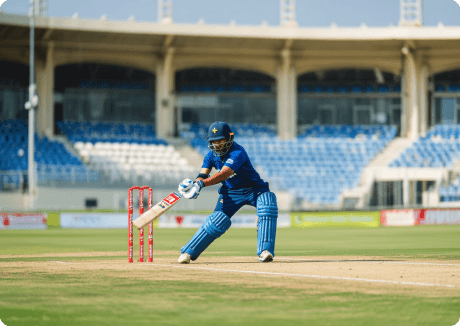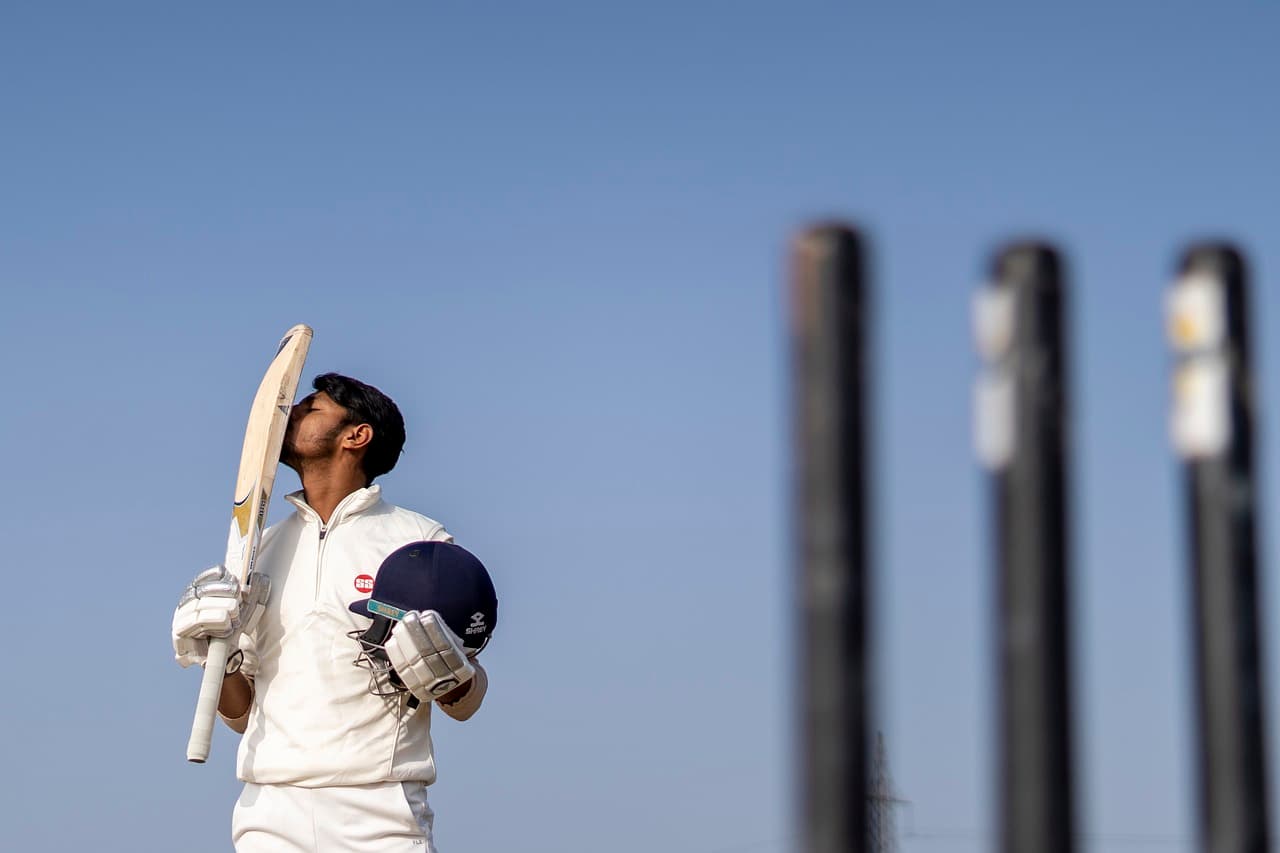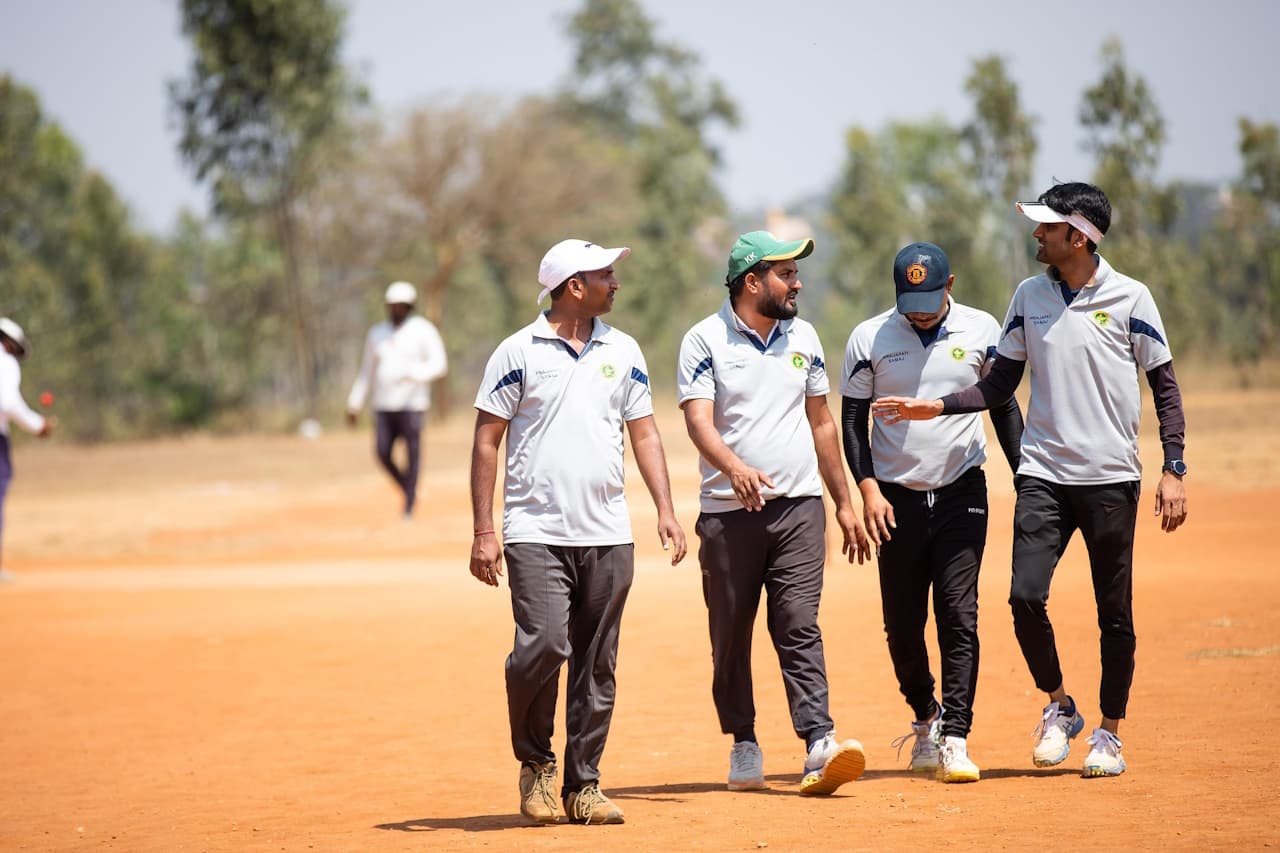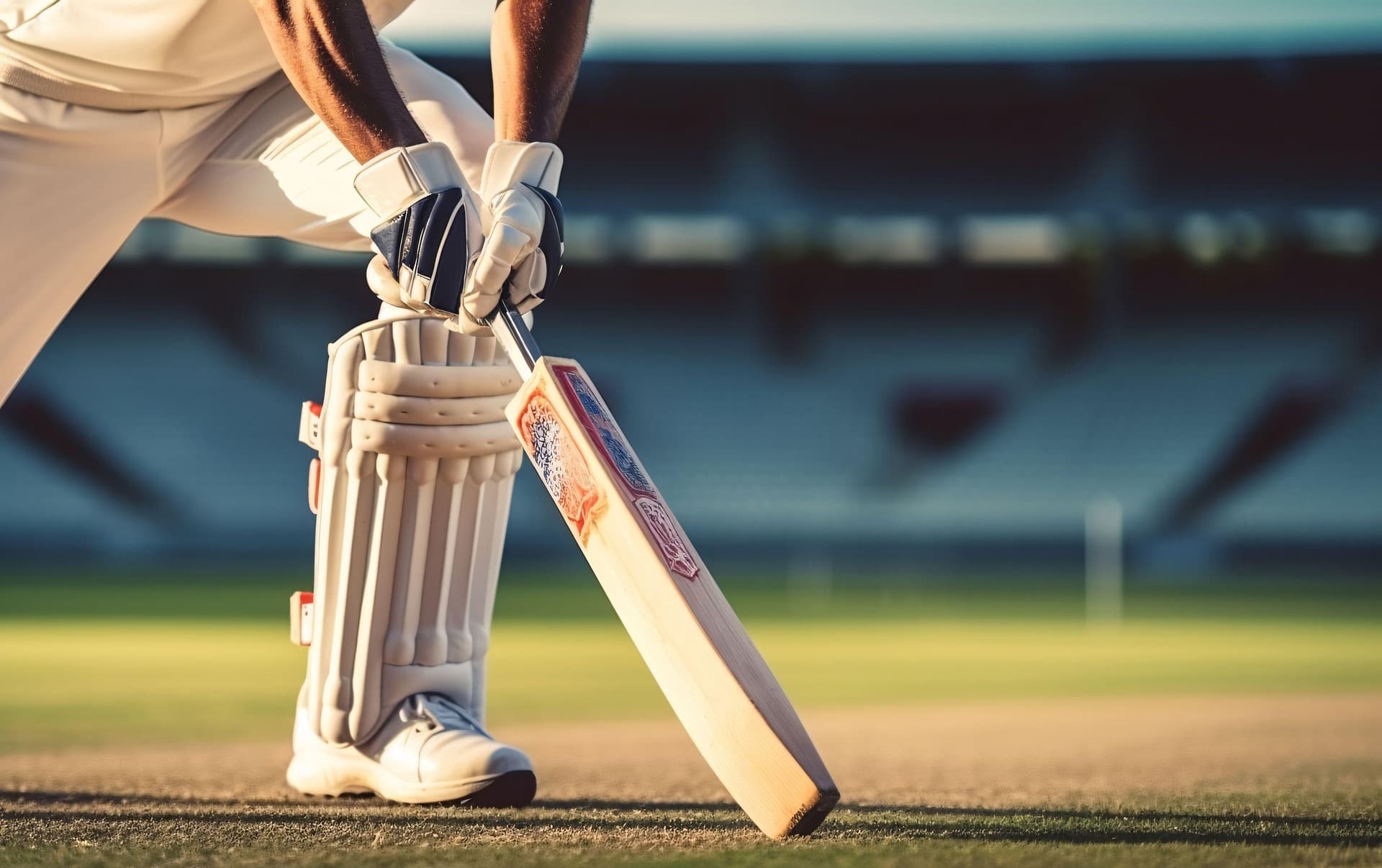To help players recharge and strategize, scheduled breaks such as lunch play a crucial role in the game's structure. This article explores the timing, duration, and impact of lunch breaks in Test cricket, addressing common questions and shedding light on the traditions and rules surrounding these breaks.
Importance of Lunch Breaks in Test Cricket
Here’s a quick look at the breaks during a typical Test match day:
| Break Type | Typical Timing | Duration | Purpose |
| Lunch Break | Around 12:00 PM | 40 minutes | To eat, rest, hydrate, and strategize |
| Tea Break | Around 3:40 PM | 20 minutes | Short refreshment break to maintain stamina |
| Drinks Break | Every hour or as needed | 5-10 minutes | Quick hydration, especially in extreme weather |
Lunch breaks in Test cricket are not just time off from the field; they are vital in maintaining player performance. The physical and mental demands of Test cricket are immense. Players spend hours on their feet, often in the sun, requiring recovery periods. As former English cricketer Alastair Cook once said:
“A 40-minute lunch break gives players a chance to recharge their batteries, allowing for better focus and energy in the afternoon session”
(ESPN CricInfo).
The importance of these breaks is not just anecdotal; studies in sports science show that short recovery periods during prolonged physical activities significantly reduce the risk of injury. In a study published in The Journal of Sports Science, researchers highlighted the importance of strategic recovery to help athletes maintain peak performance over extended periods, which is essential in Test cricket.
The lunch break is also key to helping players mentally recover. Cricket is a strategy game, and the break provides an opportunity to reassess and modify game plans. Coaches often use this time to discuss the morning session and identify key areas that need improvement. This helps players return to the field with renewed focus.
Standard Duration of Lunch Break
The lunch break in Test cricket is standardized to last 40 minutes, according to the International Cricket Council (ICC). The official ICC Playing Conditions document clearly states, “The lunch interval shall last for 40 minutes unless weather or playing conditions dictate otherwise” (ICC Official Site). This duration is sufficient for players to have a meal, rest, hydrate, and prepare for the afternoon session, all without unnecessarily extending the match’s overall timeline.
Having a consistent 40-minute break is vital in maintaining the pace and flow of the game. It ensures that the players get enough time to recharge, while still keeping the match's momentum intact. While the lunch break is standardized, some flexibility exists in the event of weather delays or interruptions in play. In such cases, the break’s timing may be adjusted accordingly to ensure an even distribution of playing time.
Timing of Lunch Breaks
General Schedule
Typically, the lunch break occurs after around two hours of play. In most Test matches, the match begins at 10:00 AM, so lunch is scheduled around 12:00 PM. This timing gives the players enough opportunity to settle into their rhythm before the break. After the break, the players return to the field for the second session of the day.
Factors Affecting Timing
Several factors can influence the timing of the lunch break in a Test match:
- Weather Delays: Rain, poor light, or other weather conditions can delay the start of play or stop play altogether. In such cases, the scheduled lunch break may be postponed or altered to fit into the new schedule. This helps make up for lost time and keeps the match moving forward.
- Innings Completion: According to ICC Rule 11.6, “If an innings ends with 10 minutes or less remaining before the agreed time for lunch, the interval shall be taken immediately” (ICC Handbook). This rule is designed to minimize disruptions and ensure that the lunch break occurs at a convenient time without cutting into valuable playing hours.
Rules Surrounding Lunch Breaks
Regulations by the International Cricket Council (ICC)
The ICC has set clear regulations around the timing and duration of lunch breaks to ensure fairness and consistency in Test cricket. Law 11.5.1 of the ICC rules states, “The interval shall be taken at the agreed time unless weather or other conditions warrant a change” (ICC Official Rulebook). This uniformity in scheduling is crucial for maintaining the integrity of the game.
However, certain circumstances are flexible, such as weather delays or injuries, where the umpires may adjust the timing of the break.
Team Responsibilities during Breaks
During lunch breaks, players typically retire to their dressing rooms. This is when they have the chance to rest, hydrate, and engage in team discussions. Often, teams use the lunch break to review footage from the first session of the day, analyze what went well, and identify areas for improvement. As cricket analyst Harsha Bhogle explains:
“Lunch is when the real strategizing happens—it’s often when teams recalibrate their plans based on the morning’s gameplay”
(Cricket.com).
Coaches and captains may deliver tactical advice, while players take a mental break from the intensity of the field. For example, the team batting first may discuss how to adapt their approach for the afternoon session, while the bowling side will strategize about how to break partnerships or plan for the next innings.
Cultural Variations in Lunch Break Practices
Traditions of Different Cricketing Nations
Cricket is played in various countries, each with its cultural nuances. These cultural variations extend to the way players approach lunch breaks. For example, in England, where cricket is a national pastime, the lunch menu often features traditional fare like sandwiches, sausage rolls, or fish and chips. This reflects not only the country’s culinary traditions but also the cricketing culture itself, where the lunch break is a social occasion for players and spectators alike.
In contrast, in countries like India, the emphasis during lunch is on lighter, often more regionally influenced meals. With the hot, humid weather conditions in many parts of India, players might opt for food that is easy to digest and helps maintain energy levels. Indian cricketers are known to enjoy simple, home-cooked meals during breaks, with rice, dal, and roti being common choices.
Cricket historian Peter Oborne noted, “The lunch break is where cricket meets culture, each nation adding its unique flavor to the game’s rhythm” (History of Cricket). This blend of tradition and sport creates a vibrant atmosphere during breaks, as players, coaches, and even spectators embrace the cultural elements of cricket.
Impact on Team Strategy and Performance
Lunch breaks also play a significant role in shaping the strategy of the game. During this time, teams can assess their performance so far, reflect on the game’s progress, and recalibrate their tactics. Former Indian captain MS Dhoni once remarked, “Lunch breaks are when the real conversations happen, and often, they change the outcome of sessions” (SportsKeeda). This is particularly true when the match is closely contested, and teams use the break to adjust strategies based on the opposition’s strengths and weaknesses.
For example, the batting team may revise its approach if the pitch conditions have changed, or the bowling side may shift its focus to target particular batsmen who have shown weaknesses. This strategic shift, guided by insights gained during lunch, can often be the turning point in a Test match.
Conclusion
The lunch break in Test cricket is more than just a rest period; it’s a key component of the game’s structure, essential for player recovery, strategy, and performance. With a standardized duration of 40 minutes, lunch allows players to recharge physically and mentally, ensuring that they remain sharp throughout the long hours of play. Additionally, the cultural variations in lunch practices and the impact on team strategies make lunch breaks a unique and important part of the Test cricket experience. By respecting these breaks, cricket upholds its balance between play and pause, making it a sport that thrives on both endurance and skill.
References
- International Cricket Council (ICC). Playing Conditions for Test Cricket – Official rules on intervals, lunch breaks, and timing adjustments. Available at: https://www.icc-cricket.com/about/cricket/rules-and-regulations/playing-conditions
- The Journal of Sports Science. “The Impact of Short Recovery Breaks on Athletic Performance” – Research on rest intervals and performance. Available at: https://www.tandfonline.com/toc/rjsp20/current
- ESPN Cricinfo. “Importance of Lunch Breaks in Test Cricket” – Expert insights and player perspectives. Available at: https://www.espncricinfo.com
- SportsKeeda. “Lunch Breaks and Their Strategic Impact on Test Matches” – Analysis of break intervals and their role in team strategy. Available at: https://www.sportskeeda.com/cricket




